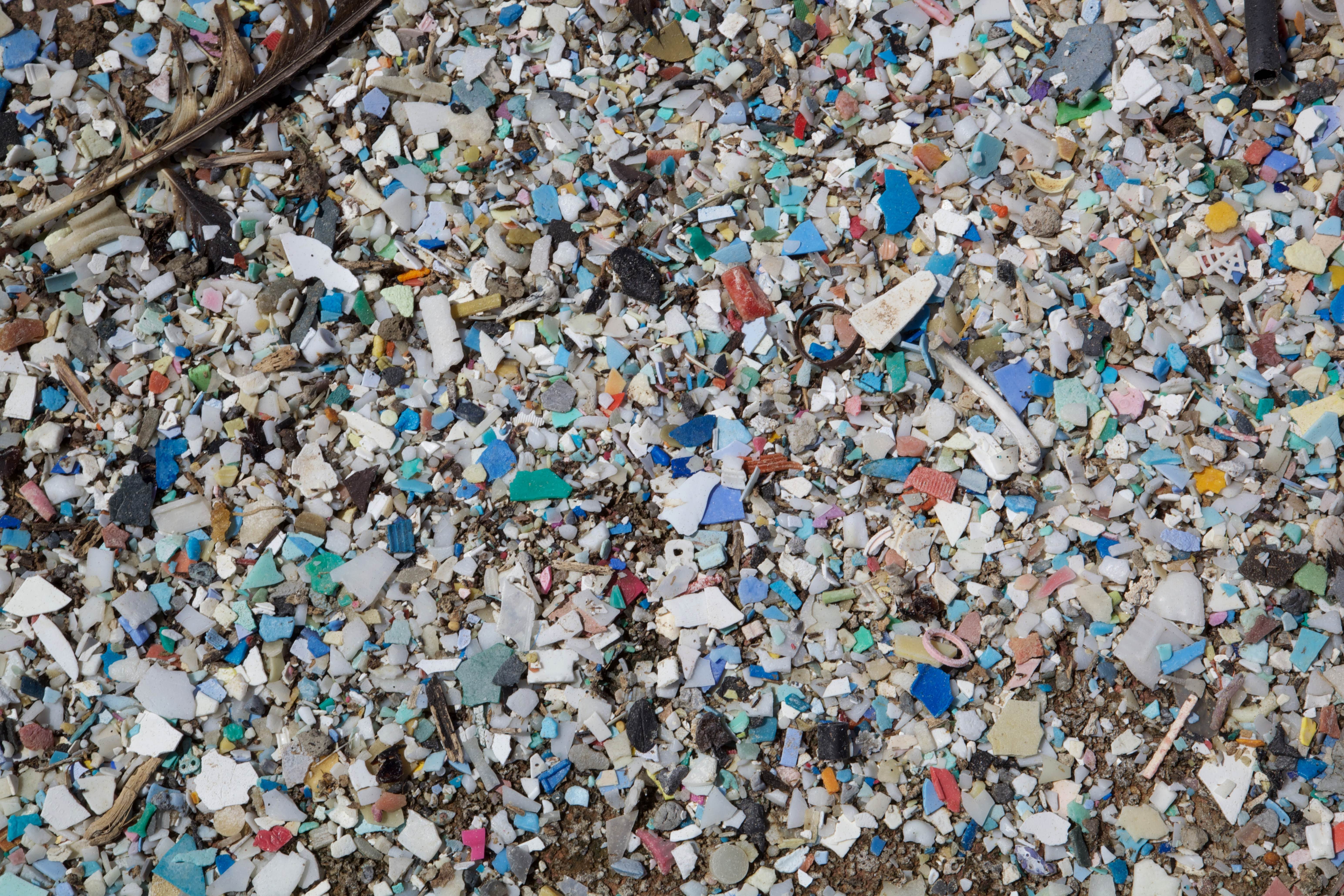Waste management - the key to reduce plastic pollutionMaanantai 12.3.2018 klo 13.46 - Mikko Nikinmaa Everyone has seen pictures about garbage gyres, composed mostl It is funny that I have now in several instances sounded like an advocate of plastic industry, although I really think that the slogan should be "environment first". It is clearly so that the plastics problem cannot be resolved by removing the material from the oceans after it is there. The migitation must take place before. There are two ways of doing this: 1. Stop producing and using plastics. Although there are many instances, where the use of plastics is not necessary, why should one stop using very useful material? 2. Stop the plastic waste from entering aquatic environment. I think this is the real possibility, as hopefully becomes clear from the following text. In their article in Science in 2015 Jambeck et al. (Science 347, 768-771), estimated, where the plastics to the oceans come from. Interestingly, among the 20 most plastic-polluting countries, there was not a single European country, although the use of plastics per capita is among highest in the world (If considered as one entity, European Union, with twice the population of USA, would have been no. 18, slightly ahead of Morocco, North Korea and USA). Out of the 20 countries producing most mismanaged plastic waste 8 were from Pacific Asia (China, Philippines, Indonesia, Vietnam, Thailand, Burma, Malaysia, North Korea), 4 from Indian subcontinent (India, Pakistan, Bangla Desh, Sri Lanka), 5 from Africa (Algeria, Egypt, Morocco, South Africa, Nigeria), The remaining three countries were Turkey, Brasil and USA. It is notable that there appeared to be more mismanaged plastic waste coming to the oceans from North Korea than from USA. It is also notable that Japan and South Korea were not among the most plastic-polluting countries. So what is the reason of the plastic waste in the oceans. It is not plastic use per person, which is highest in USA, Canada and European countries. It is poor waste management. In USA only a couple of % of the plastic waste enters the ocean, most of the waste is burned and some recycled. In Europe the situation is similar. In the Pacific Asian countries in the list 80 % of the waste is not treated properly. The mismanaged plastic waste of Indian subcontinent countries exceeds 85 %, and that of the African countries is slightly over 65 %. Consequently, if waste management in the primary polluters could be improved to European/American level, the amount of plastic waste reaching the oceans would decrease to 1/30-1/40 of what it is today. If we, in addition, decreased the unnecessary use of plastics, the good material could be used without generating the unfounded guilty feelings. Together with climate change actions, i feel that waste management issues should assume major emphasis in environmental negotiations. Further, effective waste management (in the simplest case burning) is not the question of money but attitudes, so it could be done as easily in poor as in rich countries. |
|
Avainsanat: plastic waste, garbage gyre, waste treatment |

 y of plastics but also all the other kinds of our waste. As a result of these pictures and different videos about encountering plastics all the time when diving, it has become very fashionable to demand that we get rid of plastics. In Finland "Muoviton Maaliskuu" (March without Plastics) is getting attention. However, is it really so that the lightweight, durable and easily molded material is the evil of all evils?
y of plastics but also all the other kinds of our waste. As a result of these pictures and different videos about encountering plastics all the time when diving, it has become very fashionable to demand that we get rid of plastics. In Finland "Muoviton Maaliskuu" (March without Plastics) is getting attention. However, is it really so that the lightweight, durable and easily molded material is the evil of all evils?